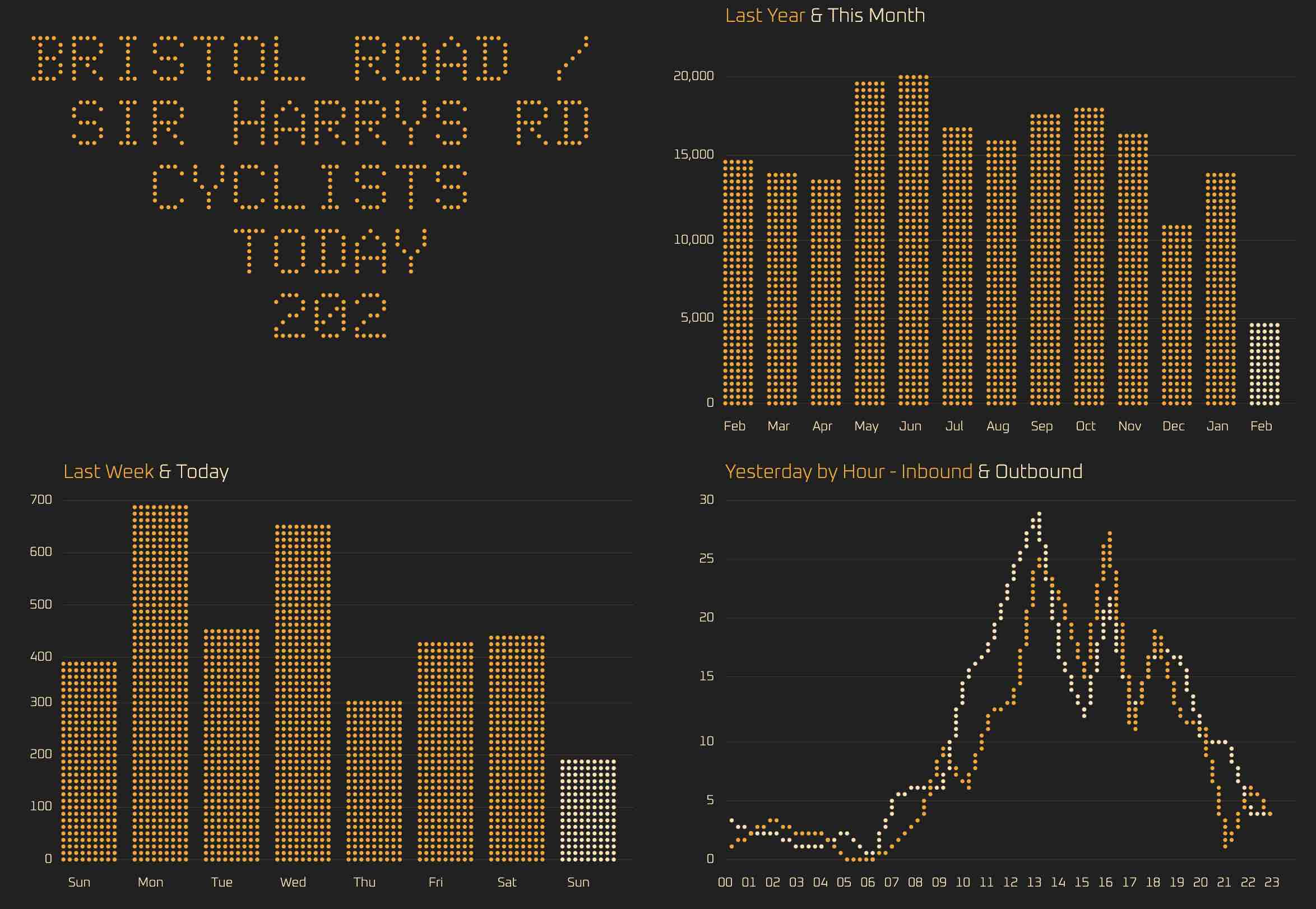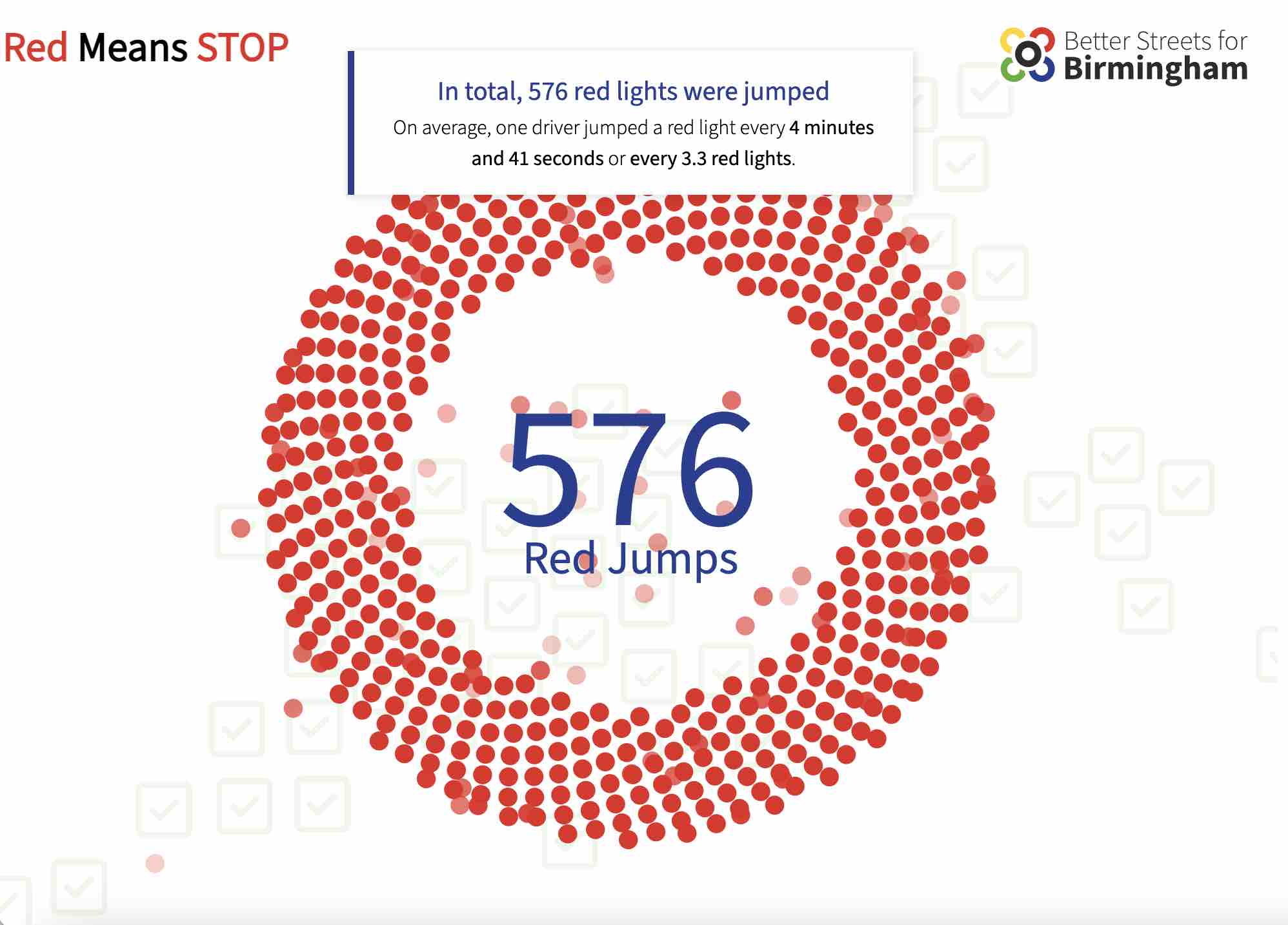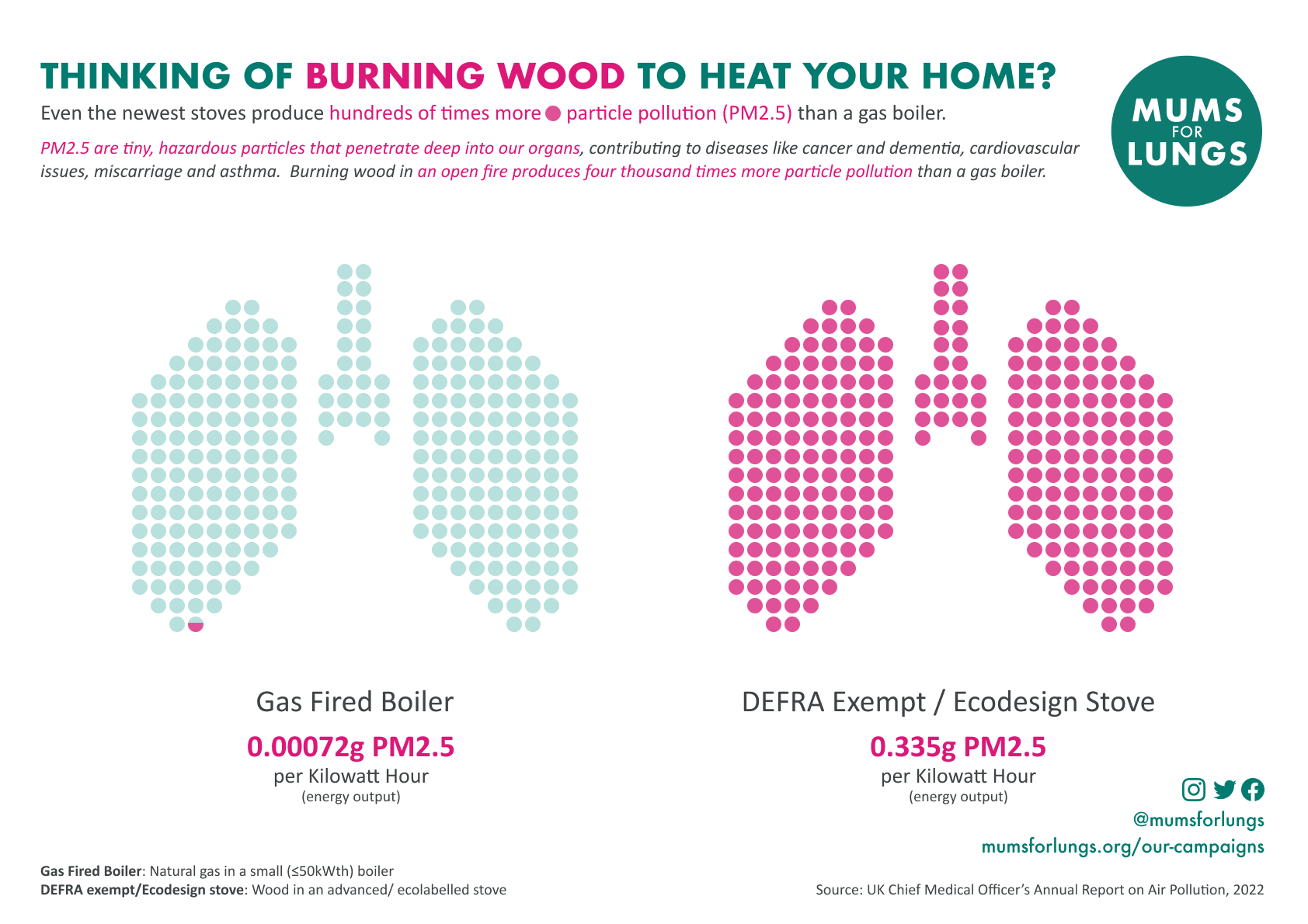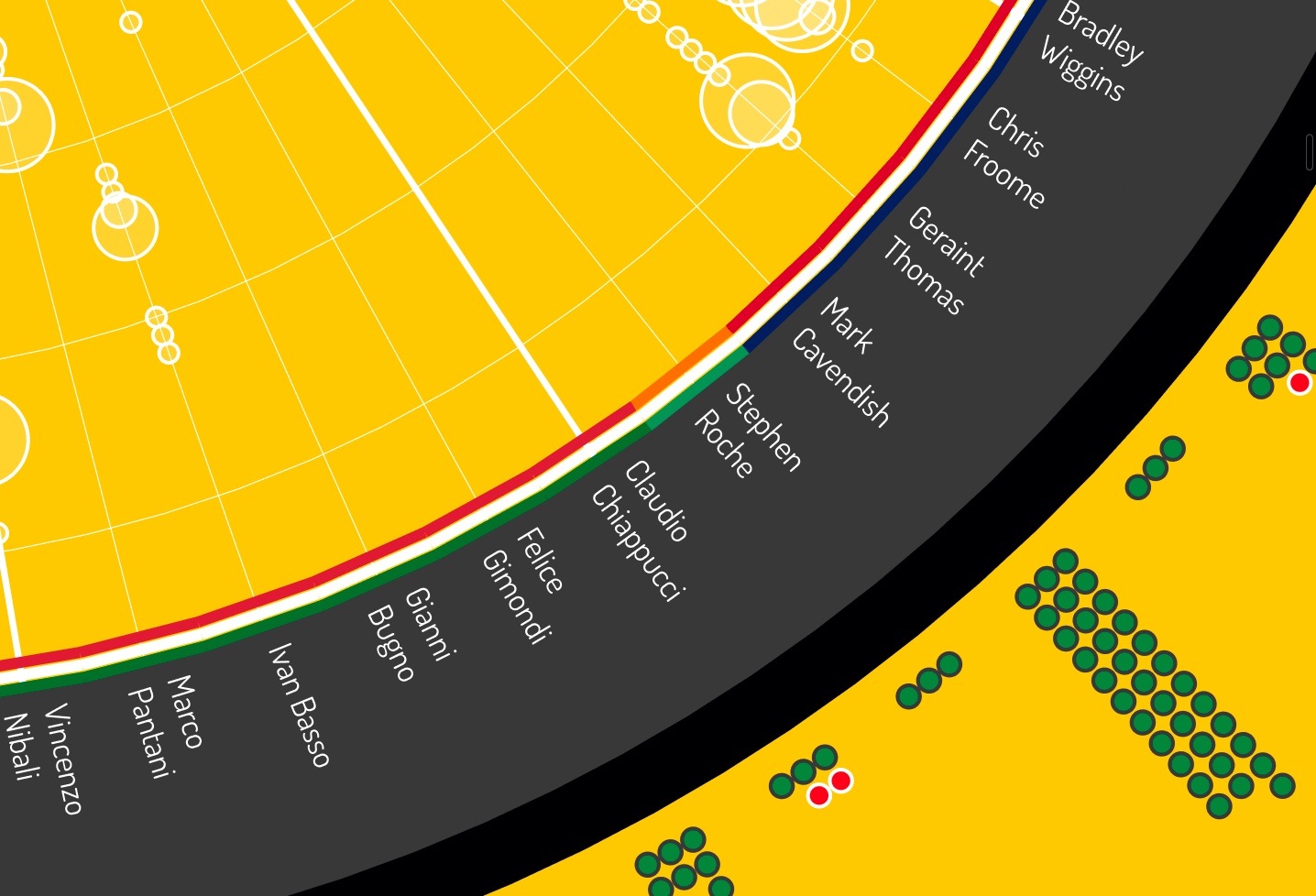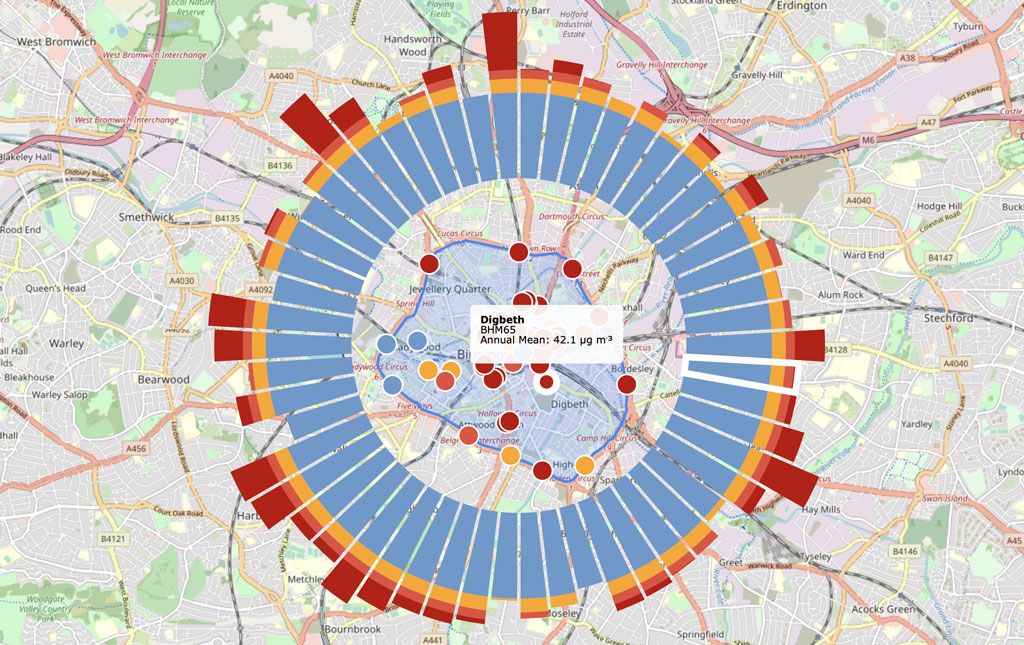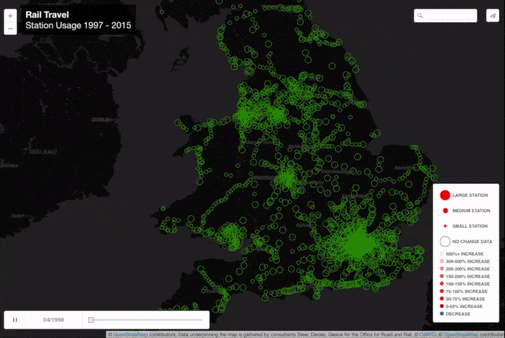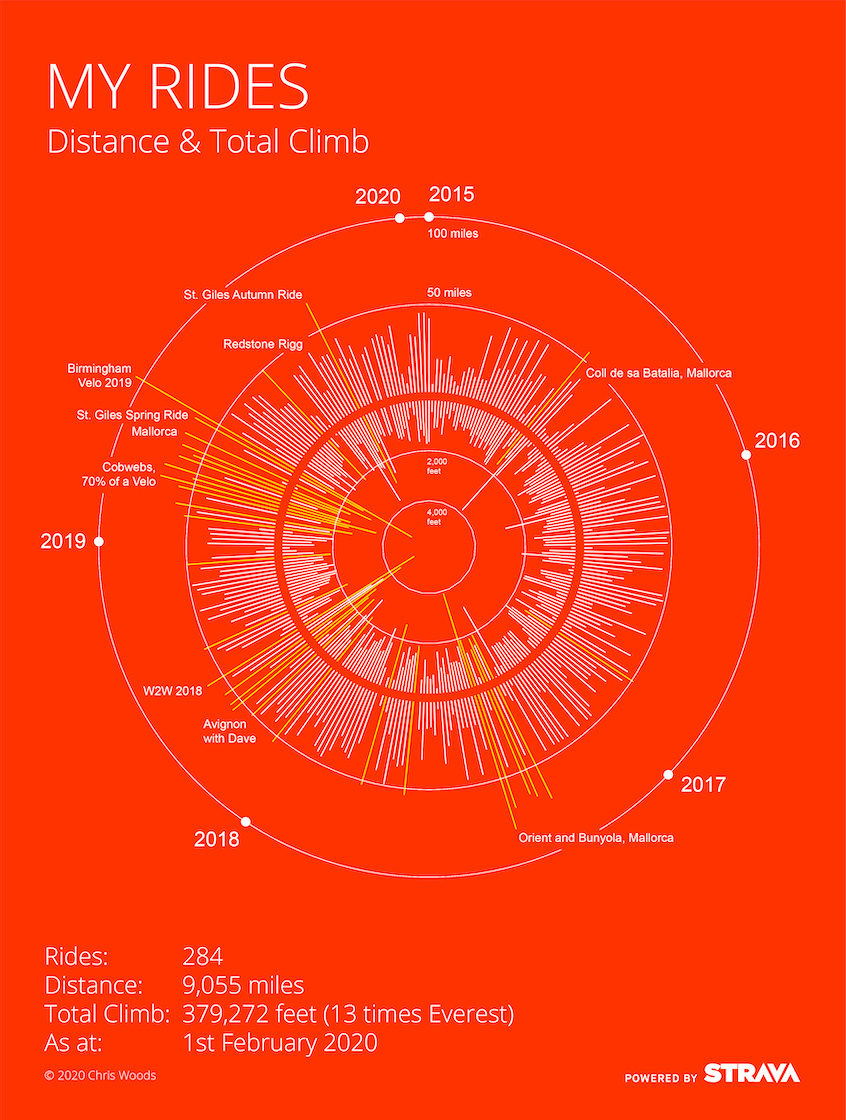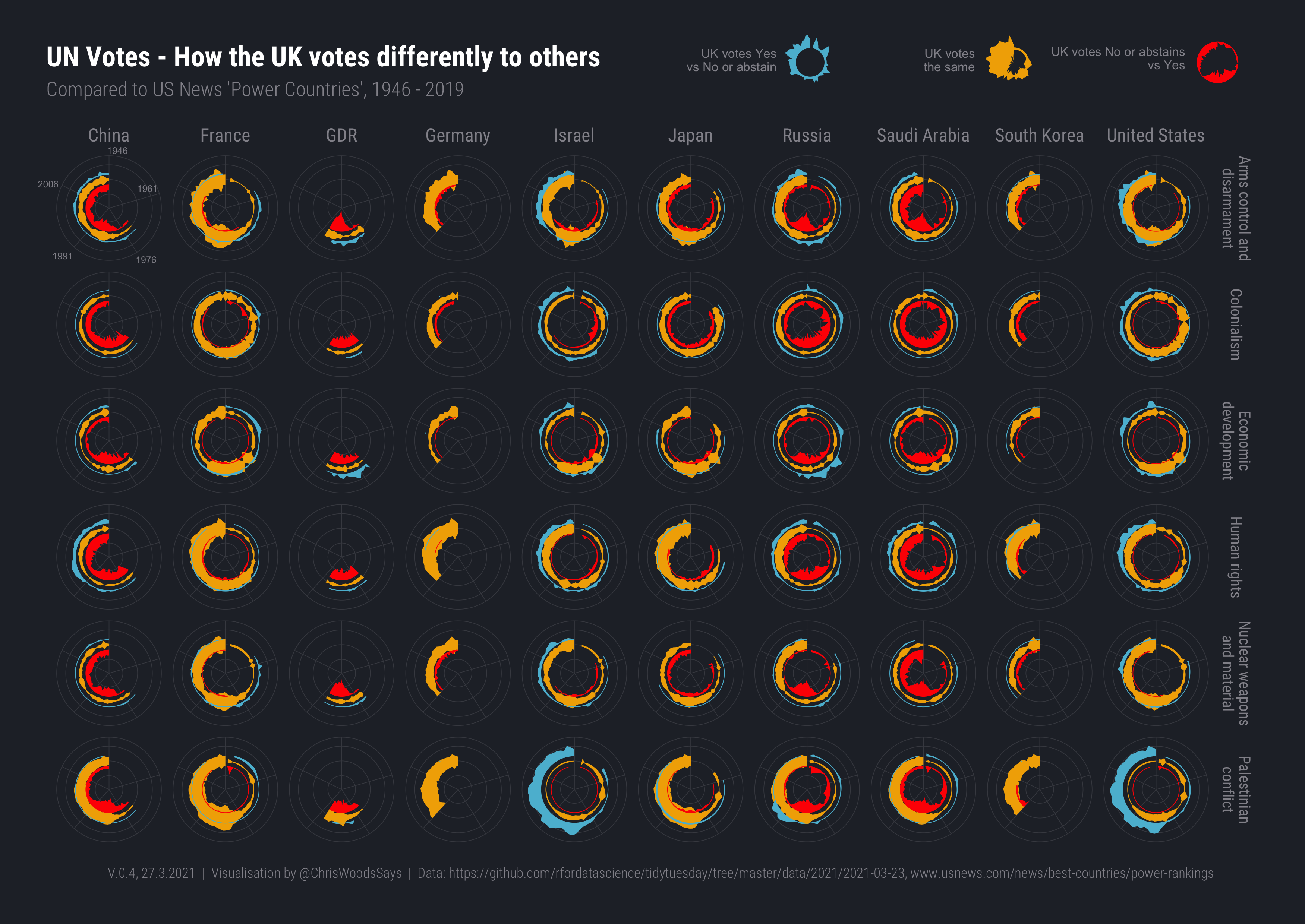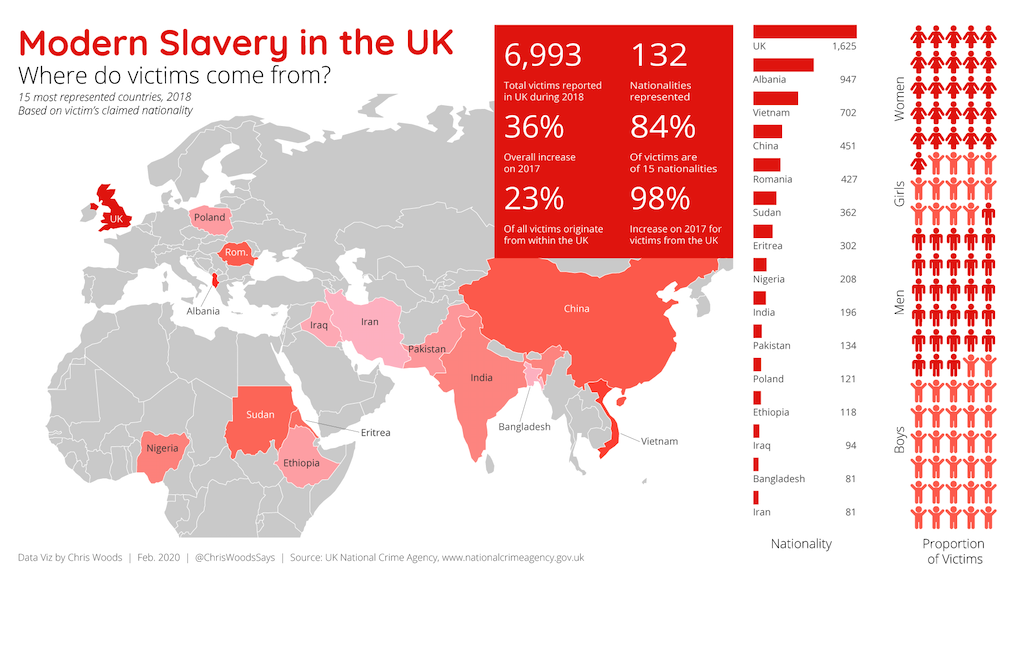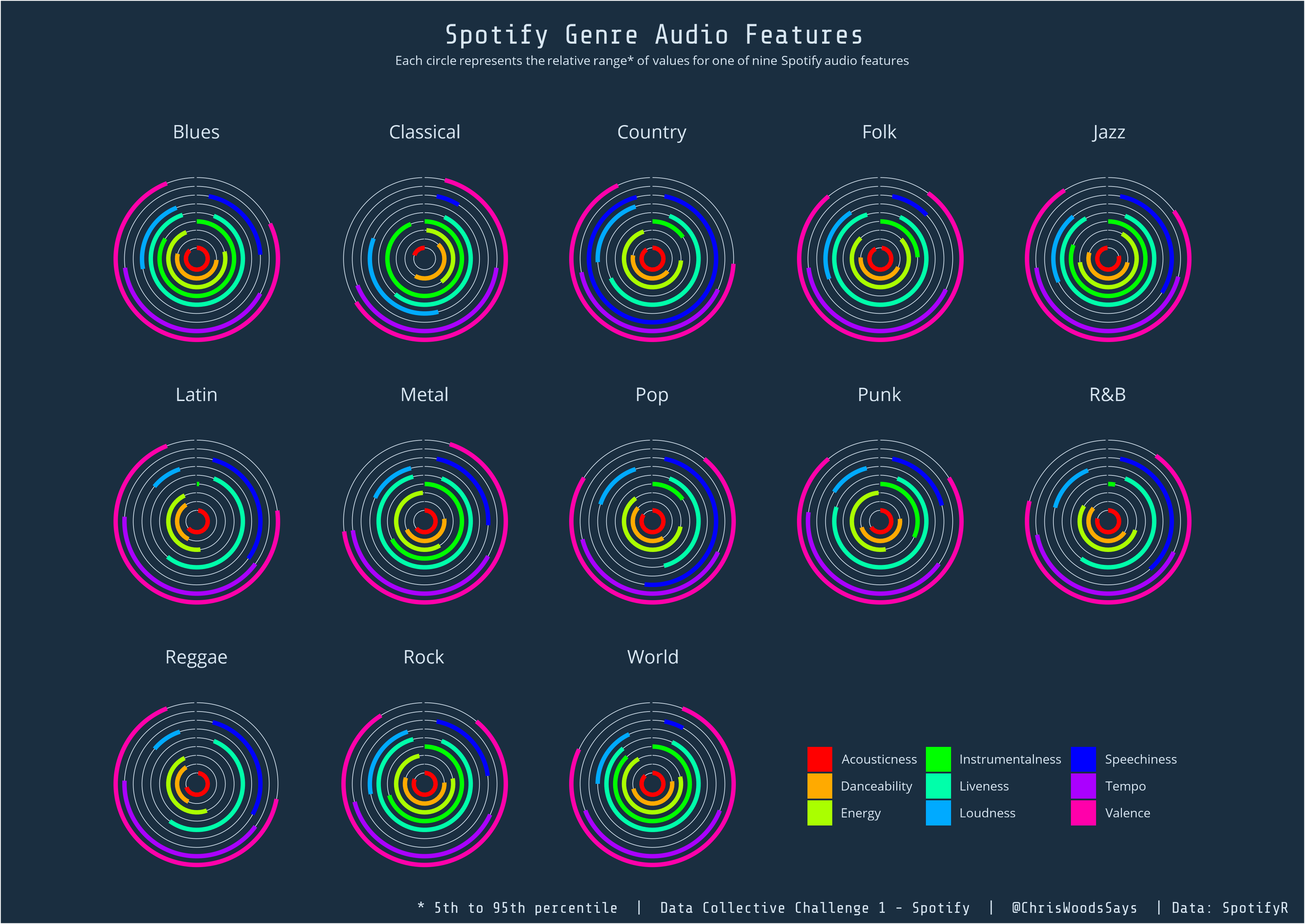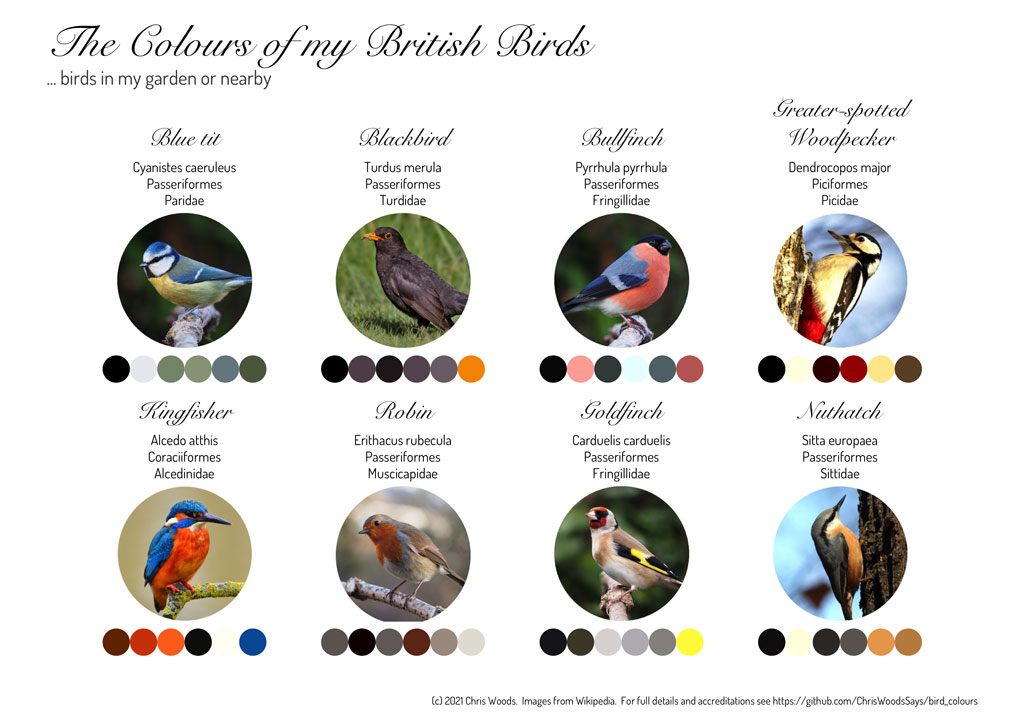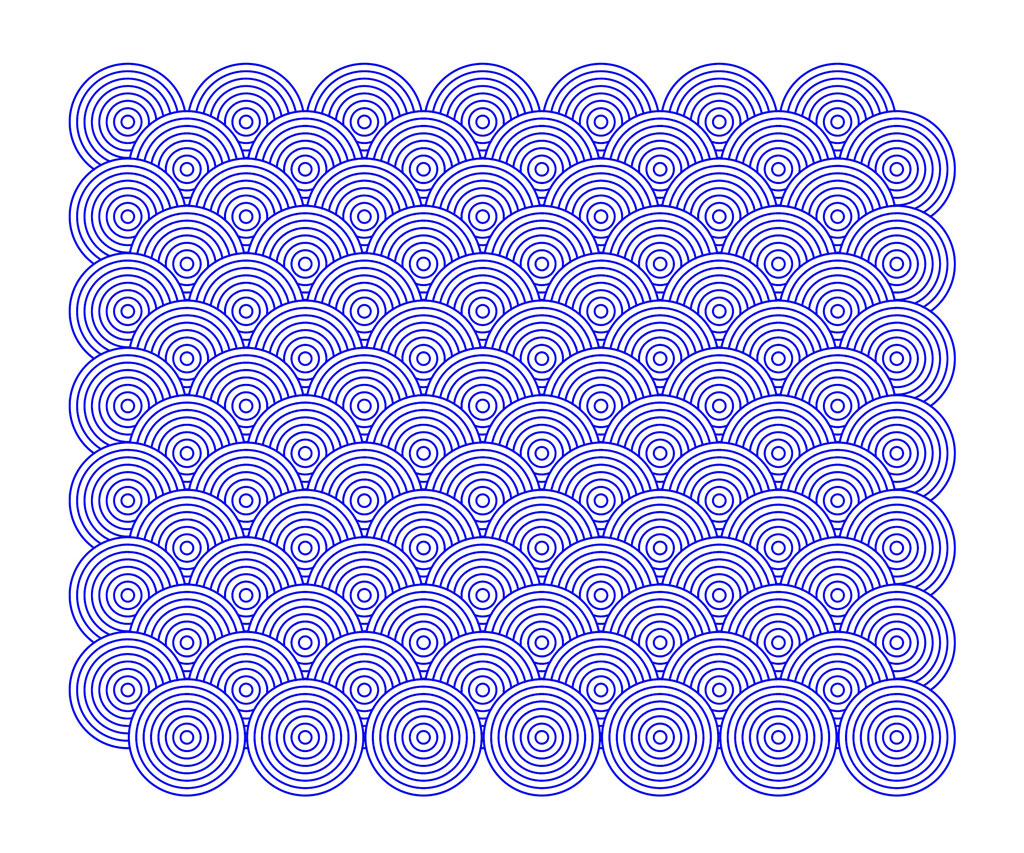Drawing with Data
Data, insight and design, mixed with technology, enables us to see what is going on in the world, to tell a story that matters, and to make a difference.
I can help bring your data to life, helping you to tell that story through a static or interactive visualisation. I’m especially interested in Christian organisations, active travel, cycling, the environment and social justice.
If you'd like to talk more, please reach out via LinkedIn below.
Chris Woods
Data Visualisation Designer

